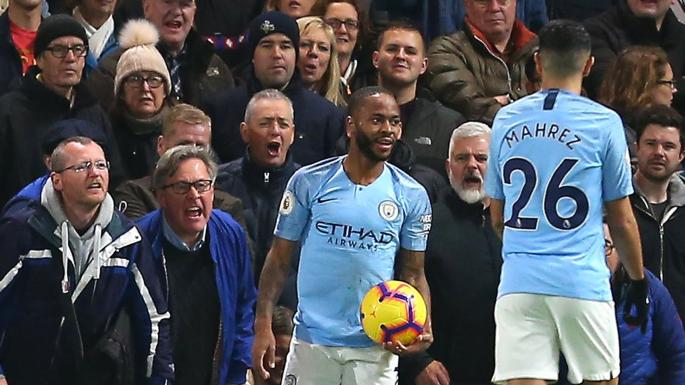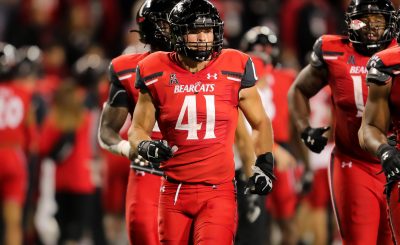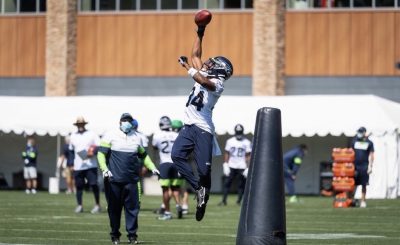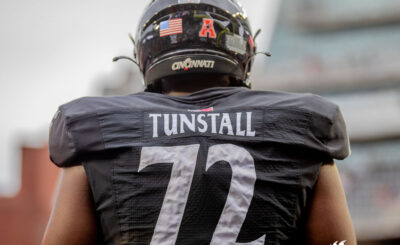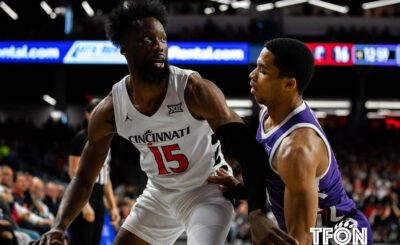“Hidden in the Shadows”
While much attention to racism has been given towards soccer’s professional scene, the same can’t be said for the game’s lower levels—namely, the amateur side. Time and again, there have been stories circulating around the press where the same kind of incidents that would happen in a major stadium spring out in its grassroots settings, and when they’re compared, the latter’s numbers would be drastically higher than the reports shown from the former. In a poll carried out by Kick It Out from 2012 that asked more than 2,800 members, it was found that 29% of the populace saw at some point in their lives a particular form of racism, be it subtle or explicit.
Of course, this literally doesn’t mean exactly 29 percent of the respondents encountered these incidents. There may have been a lot more who saw various forms of misconduct. As such, it’s possible many more occurrences could go unreported. The relative scarcity revolving around the need to cite these events plays a major role in de Roode et al’s “Accidental Racists” article from 2007. One particular thing to note from the questionnaire was the setting where the majority of these interviews took place was in local bars. Places like these are seen as a breeding ground for potential discriminatory behavior. When you take into account its many components—beer, a laid back atmosphere, a form of peer pressure—there is bound to be someone shouting obscenities to players that don’t have the same skin color as them.
Along with acknowledging the vulnerability of the victims to racist behavior from those places, the authors stressed one specific concept people should know. Aside from the events playing itself out on the stadiums and bars, there is undoubtedly a presence of racism all throughout society. This is stemmed from “daily and unobtrusive” practices of racial ridicule, going “from jokes about black players in the locker room to differential racist expectations on the training grounds” (de Roode et al, 2007). Essentially, this concept is called “racialization”, a play to the undesirable conduct enveloping the occurrences of daily life within Amsterdam, the featured city from the article. But by the interpretation of the study, racialization doesn’t just happen in the Dutch capital. It happens in other inconspicuous neighborhoods throughout the world.
Compounding on that notion, through the many cultural contexts that spawns out of racialization in a given match—for example, white soccer fans racially abusing black players of the opposite team whilst supporting those on their own team–the ability to successfully call out someone as being racist with strong evidence can be a difficult task to partake. Add that to the obscure locations where those abuses happen, and the victims would find themselves in a dead-end, which is why when the authors examined the way the interviewees recounted on their experiences with racism, they saw that the affected are both deeply conscious of the effects it has on their psyche and acknowledging the need for local governing bodies to try stopping it. But, like how it was stressed in the first point of the entry, nothing has been done to stop these practices.
What happened in France with Sissoko is obviously not the only time these racially motivated acts of violence took place. Heading down south to Italy, in 2013, monkey chants by fans of national 3rd division side Pro Patria, in an exhibition game between them and AC Milan, one of the most prolific teams in Europe, forced Kevin Prince Boateng, a Ghanaian player who then played for the Rossoneri (translation for “The Red and Black” from Italian), to walk off the field in protest. This action spurred massive media interest and rekindled an already contentious conversation about racism.
In the midst of the frenzy, Wright Thompson, a soccer reporter for ESPN, interviewed one of the fans who was accused of shouting those chants to the AC Milan player. When questioned about his involvement during the game in his hometown of Corbetta, a small town with a population of nearly 18,000 people, he deflected away from the accusations by reiterating he’s not a racist. He stood his ground while wearing a bracelet showing a slogan of the right-wing political party he follows, called Lega Nord. It said on the accessory “Prima Il Nord”, which loosely translates to “Before the North”, a sign of his support to his home region of Lombardy, which lies at the top of the country.
Italy’s notorious past with politics—fascism and the like—plays a significant part in curbing the citizens’ expressing of their personal beliefs during public events, the most obvious of them being soccer matches. The same situation happens in places such as Croatia, Spain, Russia, and England. Additionally, the current political climate hovering around the world featuring populist leaders with promulgated promises provides a sort of green light to their supporters, meaning they can shout what they really think of different-colored players out in the open. But that doesn’t mean it’s utterly okay for the victims to hear those insults everyday in their private lives. If one looks hard enough at the game’s least-known places, like Corbetta for starters, then they’ll see that racism truly hasn’t gone away. Simply put, it’s still here, both in the biggest stadiums and the smallest.
Unaccountability, denial, and its looming presence in the outskirts of the game’s amateur scene. These things evidently articulate why racism hasn’t gone away in the 21st century. It’s unfortunate seeing this when one thinks about the recent growth of diversity the sport has enjoyed all throughout the world. Soccer is supposed to serve as a bridge where various cultures can intermingle with each other which would form everlasting bonds.
Unfortunately, there are people who don’t understand the benefits soccer can bring and continue their toxic behavior, unbeknownst to its devastating consequences. But on the other hand, there are those that do, and that can be the starting point for possible change. As to how to do it, a starting point can be by raising awareness about the problem. It’s as the famous French soccer player Lilian Thuram said regarding racism in a 2017 interview with English newspaper the Independent. “First of all, we must talk about racism,” the 1998 FIFA World Cup champion said. “We must address the reality and talk about it. We must show people pictures and evidence to show that it still exists.” To fix the problem, one must first know what it is. A simple yet effective suggestion, but in a world with a vast social problem as racism, it’s anything but.
